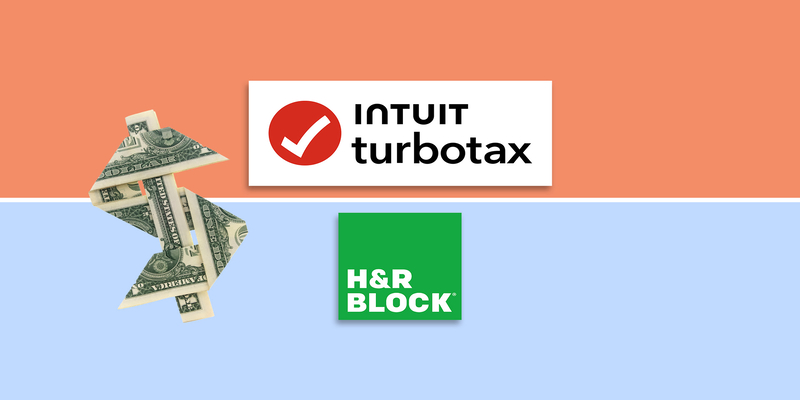In the world of investments, there are various options available to individuals seeking to grow their wealth while minimizing risk. I Bonds, a type of savings bond issued by the United States Treasury, are a unique and relatively safe investment vehicle that offers both fixed and inflation-adjusted returns. In this comprehensive guide, we will delve into what I Bonds are, how they work, and the steps involved in purchasing them.
Understanding I Bonds:
I Bonds, also known as Series I Savings Bonds, are non-marketable securities issued by the U.S. Department of the Treasury. Unlike traditional bonds with fixed interest rates, I Bonds provide a distinctive blend of a fixed interest rate and a semi-annual adjustment based on inflation. This unique combination ensures stability and adaptability for investors. This innovative dual-rate structure aims to safeguard investors against the erosive impact of inflation while providing a reliable and predictable return on investment.
Fixed Rate and Inflation Rate:
The fixed rate for an I Bond remains consistent throughout its lifespan and is established at the time of purchase. This rate reflects the real return on the investment. In contrast, the inflation rate is recalibrated every six months, taking into account fluctuations in the Consumer Price Index for All Urban Consumers (CPI-U). The combination of these two rates determines the total interest rate earned by the bond.
Tax Advantages:
One significant advantage of I Bonds is their tax treatment. While interest earned on most bonds is subject to federal income tax, the interest accrued on I Bonds is exempt from state and local taxes. Furthermore, if the proceeds from I Bonds are used for qualified educational expenses, the interest may be exempt from federal income tax as well.
How to Buy I Bonds?
If you are interested in purchasing I Bonds, the process is relatively straightforward. You can buy them directly from the Treasury Department through their website or by setting up an account with TreasuryDirect.gov. You may also be able to purchase them through your employer if they offer a payroll savings plan.
1. Eligibility and Purchase Limits:
I Bonds are available to individual investors, trusts, estates, and entities like corporations and partnerships. As of the last update in 2023, there are annual purchase limits for I Bonds, which can be bought online through the TreasuryDirect website or by using your federal income tax refund.
2. Online Purchase Through TreasuryDirect:
The most common and convenient method for purchasing I Bonds is through the TreasuryDirect website. To get started, investors need to create an account on the platform, providing necessary personal information. Once the account is established, users can navigate to the "Buy Direct" section to initiate an I Bond purchase.
3. Setting Up an Account:
During the account setup process, investors will be required to link their TreasuryDirect account to a bank account. This connection facilitates the electronic transfer of funds for I Bond purchases and redemptions. Users should ensure that their bank account information is accurate to avoid any transaction-related issues.
4. Selecting the Purchase Amount:
Investors can choose the amount they want to invest in I Bonds, keeping in mind the annual purchase limits. The minimum investment is $25, and the maximum limit is set by the U.S. Treasury, subject to periodic adjustments. The TreasuryDirect website provides a user-friendly interface that guides investors through the process of selecting the desired investment amount.
5. Electronic Funds Transfer (EFT):
Once the purchase amount is determined, investors will be prompted to initiate an electronic funds transfer (EFT) from their linked bank account to fund the I Bond purchase. This step is secure and efficient, ensuring a seamless transaction process.
6. Receiving Electronic I Bonds:
Upon successful completion of the purchase transaction, investors will receive electronic I Bonds in their TreasuryDirect account. These bonds are maintained in digital form and can be accessed and managed through the TreasuryDirect platform.
7. Paper Bonds Through Tax Refund:
Alternatively, investors can choose to receive paper I Bonds when filing their federal income tax return. If this option is selected, the IRS will issue paper bonds in the designated amount, which can be used for tax planning purposes or held as a physical investment.
Managing and Redeeming I Bonds:
I Bonds come with a 30-year maturity period, during which investors can redeem them at any time. However, if redeemed within the first five years, they will be subject to a three-month interest penalty. After five years, there is no penalty for early redemption.
1. Tracking the Performance:
Investors can monitor the performance of their I Bonds by logging into their TreasuryDirect account. The platform provides detailed information on the current value, interest rates, and maturity dates of each bond in the investor's portfolio.
2. Tax Implications of Redemption:
When I Bonds are redeemed, the accrued interest is subject to federal income tax. However, if the proceeds are used for qualified educational expenses, the interest may be exempt from federal income tax, providing an additional incentive for investors with education-related financial goals.
Conclusion:
I Bonds offer a unique investment opportunity for individuals seeking a balance between stability and the potential for inflation-beating returns. With their dual-rate structure and tax advantages, these savings bonds have become a popular choice among conservative investors. Understanding how to buy, manage, and redeem I Bonds is crucial for maximizing their benefits. By leveraging the convenience of online platforms like TreasuryDirect, investors can seamlessly incorporate I Bonds into their diversified portfolio, contributing to a well-rounded and resilient financial strategy. As with any investment, individuals should conduct thorough research and consider consulting with financial professionals to ensure that I Bonds align with their specific financial goals and risk tolerance.





